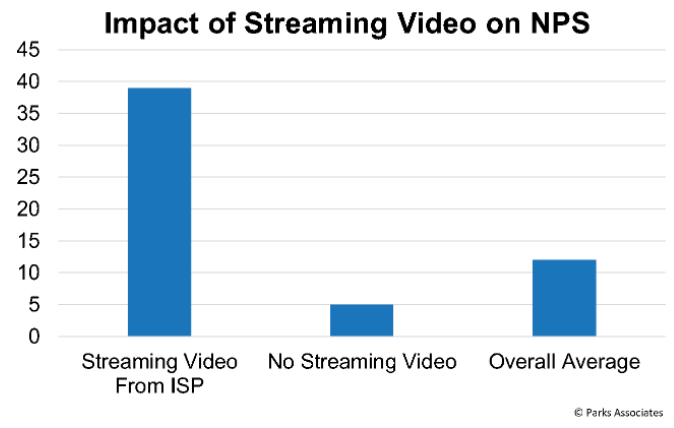Comcast and Charter Partner on New Streaming Platform
Comcast and Charter Communications announced a 50:50 joint venture between the two cable giants to develop a streaming platform that will be available nationwide. Both companies’ broadband and cable video businesses are excluded from the partnership. Comcast will contribute streaming service Xumo, which Comcast owns, in addition to licensing its aggregated streaming platform Flex and contributing its retail business for its XClass TVs. Charter will contribute $900 million, which will be funded over the next few years.
Comcast and Charter (Spectrum) Communications, the United States' two largest cable companies, are teaming up in the streaming wars. The primary reason for the joint venture is that both companies want to provide a single streaming-aggregation platform that is available across the United States — not just in their respective regional operating areas — giving them greater leverage when making deals with hardware manufacturers, app developers, and retailers.
Flex, Comcast's aggregation streaming platform, and technology will be licensed to the joint venture, as well as Xumo, a streaming service Comcast purchased in 2020. Charter will make an initial investment of $900 million, which will be spread over several years. The alliance will ultimately provide the Flex streaming platform via national merchants, including possibly straight to Comcast and Charter customers. Charter will offer the 4K streaming TV devices and voice remotes beginning in 2023.
This news is very fresh and usual regulatory permissions must still be obtained. The desire of established legacy cable companies to get an edge in the streaming wars is neither news nor surprising. 80% of internet households subscribe to at least one OTT video service, whereas just 57% subscribe to a traditional pay-tv service. Subscriptions to over-the-top video providers have become the norm for entertainment, and legacy pay-TV providers must use streaming to grow their audience.
Comcast and Charter are the two largest providers of pay TV through set-top boxes and are now losing the most subscribers. In 2021, Comcast lost 1.5 million video customers and Spectrum TV lost 367,000 pay-TV subscribers. These two traditional pay-TV providers are now vying to control the point of aggregation and consumption in streaming, as well as the associated viewer data, measurement data, and advertising revenues. They aim to be a player as a platform owner and device manufacturer while yet maintaining control over the point of consumption for customers inside a walled garden with one or two entrances.
Consumers have shown that the device platform or OS is not a significant factor in their purchase of televisions and streaming players, but that price, screen size, and app availability are. Consumers are unlikely to seek out and pick a Comcast/Charter smart TV with the new platform over a Samsung, LG, Sony, or another brand at the same price point on an organic basis. However, if it is part of a bundled pay-TV offer, especially if it is subsidized or for a monthly fee to eliminate a big upfront cost, then consumers might consider a purchase out of convenience and affordability.
Taking a page out of the traditional pay-TV bundle playbook and applying it to a new set of products in the streaming entertainment ecosystem might just be a strategy that can compete with Netflix, Amazon Prime Video, Hulu, and Disney+ in the streaming wars. The new Comcast/Charter platform could help the cable companies thrive even if their traditional TV subscriptions continue to decline.
Next: CEDIA 2022 Shows off an Enhanced Smart Home Experience
Previous: Smart Watch Buyers Want Add on Subscriptions- A $3.5 Billion Opportunity for Mobile Providers
Comments
-
Be the first to leave a comment.
Post a Comment
Have a comment? Login or create an account to start a discussion.



